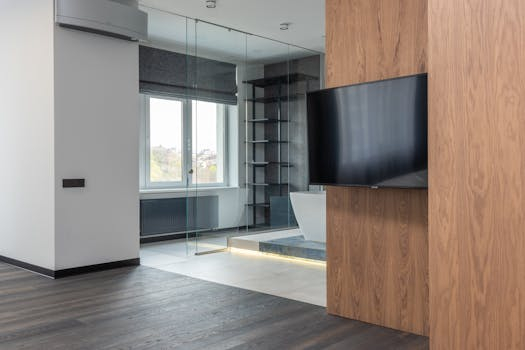The Return of the Commons: Shared Spaces in Modern Housing
When it comes to modern housing, the focus has long been on privacy and individuality. With the rise of suburbs and single-family homes, the idea of shared spaces has fallen to the wayside. However, in recent years, there has been a growing trend towards reviving the concept of the commons – shared spaces that bring together communities and foster a sense of belonging. This return to the commons in modern housing is not only changing the way we live, but also creating a more sustainable and connected society.
The Evolution of Modern Housing
For much of human history, living in close-knit communities was the norm. Homes were built around communal spaces such as a town square or village center, where people would gather, socialize, and carry out daily activities. However, with the industrial revolution and the growth of cities, the concept of shared spaces gradually faded away. The rise of modern housing brought with it a focus on privacy and individuality – each family had their own home with a yard and a white picket fence. This trend continued to dominate throughout the 20th century, and suburbs became synonymous with the American Dream.
The Downside of Individuality
While modern housing provided a sense of privacy and independence, it also had its downsides. Suburban living often resulted in long commutes, isolation, and a lack of community. Families spent most of their time in their own homes, away from their neighbors. Public spaces were designed for cars, not people, making it difficult to walk or bike to nearby destinations. This lifestyle not only contributed to a sedentary and detached society but also had a negative impact on the environment.
The Rise of the Commons
In recent years, there has been a push towards creating more sustainable and connected communities. This has led to a renewed interest in the concept of the commons – shared spaces that are accessible to everyone in a community. These spaces can take many forms, from public parks and playgrounds to community gardens and co-working spaces. The rise of the sharing economy and the popularity of co-housing communities also reflect this shift towards a more communal way of living.
The Benefits of Shared Spaces in Modern Housing
The return of the commons in modern housing has numerous benefits, both for individuals and society as a whole. By bringing people together in shared spaces, it promotes a sense of community and belonging. This can have a positive impact on mental health and well-being, as people feel less isolated and more supported by those around them. It also encourages a more active lifestyle, as shared spaces are often designed for walking and biking, making it easier for people to get around without relying on cars.
From an environmental perspective, shared spaces in modern housing also have a significant impact. By creating more walkable and bike-friendly neighborhoods, there is less reliance on cars, reducing carbon emissions and promoting a more sustainable way of living. The various communal activities and resources provided in shared spaces also foster a culture of sharing and reduce overall waste.
The Challenges and Solutions
While the return of the commons in modern housing is a positive trend, it does come with its challenges. One of the main obstacles is changing the mindset of individuals who have grown accustomed to the idea of living in their own private space. There may be concerns about safety and security when sharing communal areas, and it may take time for people to adjust to a more communal lifestyle.
However, there are solutions to these challenges. Proper planning and design of shared spaces can address safety concerns and create a sense of ownership and responsibility among the community. Clear and respectful guidelines for the use of communal areas can also help to alleviate any potential conflicts.
Moreover, community involvement and engagement are crucial in the success of shared spaces. By involving residents in the planning and ongoing maintenance of these areas, a sense of ownership and pride can be fostered, further strengthening the sense of community.
The Future of Modern Housing
The return of the commons in modern housing is not just a passing trend, but rather a necessary step towards creating sustainable and connected communities. As cities continue to grow and the effects of climate change become more apparent, it is clear that the traditional model of single-family homes in isolated suburbs is not sustainable. The integration of shared spaces in modern housing is a crucial aspect of creating a more livable and resilient future.
In Conclusion
The revival of the commons in modern housing is a welcome change that is creating more livable, sustainable, and connected communities. By promoting a sense of community and reducing carbon emissions, shared spaces are a vital component in the future of modern housing. It not only allows for a more active and engaged lifestyle but also fosters a deeper sense of belonging and social responsibility. As we continue to move towards a more communal way of living, the return of the commons in modern housing is a step in the right direction.









